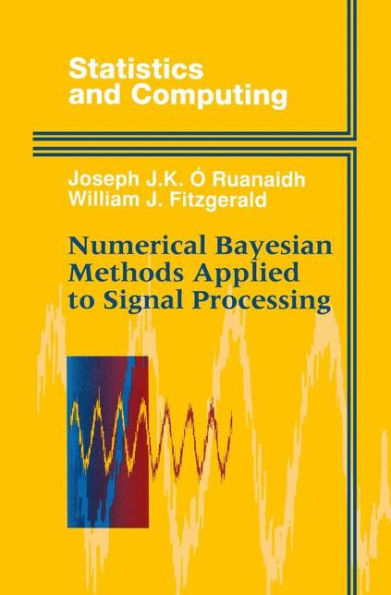5
1
9780387946290


Numerical Bayesian Methods Applied to Signal Processing / Edition 1 available in Hardcover

Numerical Bayesian Methods Applied to Signal Processing / Edition 1
- ISBN-10:
- 0387946292
- ISBN-13:
- 9780387946290
- Pub. Date:
- 02/23/1996
- Publisher:
- Springer New York
- ISBN-10:
- 0387946292
- ISBN-13:
- 9780387946290
- Pub. Date:
- 02/23/1996
- Publisher:
- Springer New York
219.99
In Stock

Product Details
| ISBN-13: | 9780387946290 |
|---|---|
| Publisher: | Springer New York |
| Publication date: | 02/23/1996 |
| Series: | Statistics and Computing |
| Edition description: | 1996 |
| Pages: | 244 |
| Product dimensions: | 6.10(w) x 9.25(h) x 0.36(d) |
From the B&N Reads Blog
